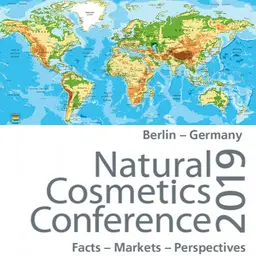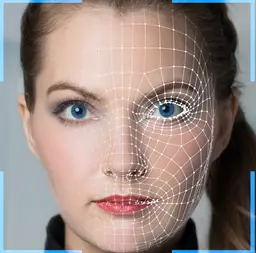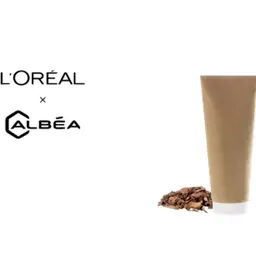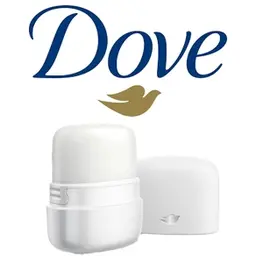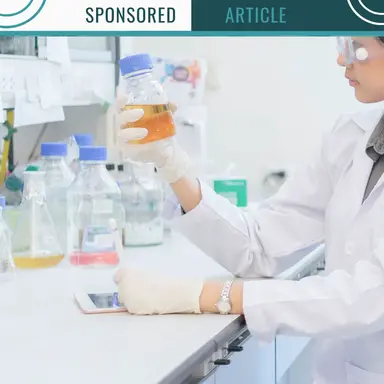
The Expertox laboratory, which regularly doses the impurities that may be present in cosmetics, has taken a closer look at the impurities that may be found in them through a bibliographical study. This study revealed that almost a third of the impurities were metals and that there was also a significant proportion of residual solvents. On average seven impurities can be found in substances used in cosmetic products.
Cosmetics have always been an integral part of our daily lives. According to one study (Ficheux et al., 2016), women use an average of 16 cosmetics.
There are different types of cosmetics for application to different sites on the body, which implies a different exposure depending on the product and the site of application. It is therefore essential to evaluate the safety of cosmetics by ensuring the safety of the substances and the finished product for the safety of the consumer. Nevertheless, impurities may persist, which may be due to a reaction of the substance or by its contamination.
Introduction
The French ANSM defines a cosmetic product as, “a substance or a mixture intended to be put in contact with the various superficial parts of the human body epidermis, hair and capillary systems, nails, lips and external genitals) or with the teeth and oral mucous membranes, with a view, exclusively or mainly, to cleaning them, perfuming them, modifying their appearance, protecting them, maintaining them in good condition or correcting body odours”.
This definition includes a multitude of products used by men and women: creams, skin care products, lotions, powders, perfume, make-up, deodorants, baby products, toothpaste, etc.
There are several exposure …



